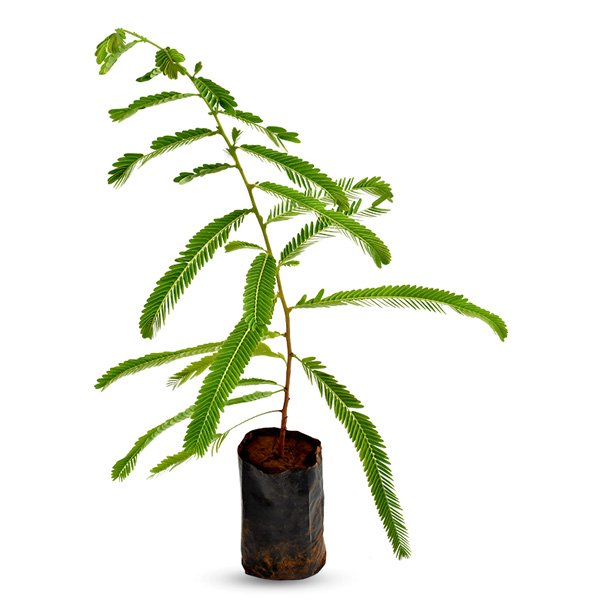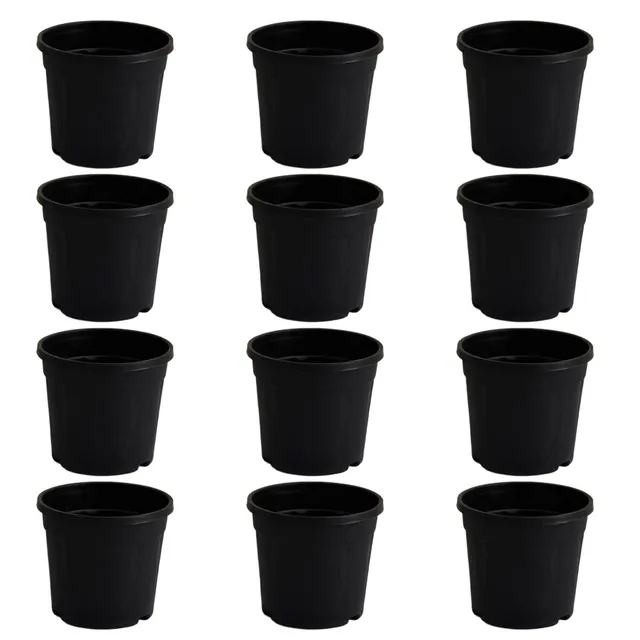Dianthus or carnation is a species of Dianthus. It is probably native to the Mediterranean region but its exact range is unknown due to extensive cultivation for the last 2,000 yea
| Sr | Item name |
|---|---|
| 1 | Carnation (White) – Plant |
| 2 | 6 inch (15 cm) Grower Round Plastic Pot (Black) |
It is a herbaceous perennial plant growing to 80 cm tall. Carnations have straight stems and can grow approximately 18 inches tall. These long-lasting plants have full, big blooms that give off a spicy fragrance that is hard to ignore.
The leaves are glaucous greyish green to blue-green, slender, up to 15 cm long. The flowers are produced singly or up to five together in a cyme, they are 3 to 5 cm diameter, and sweetly scented; the original natural flower colour is bright pinkish-purple, but cultivars of other colour, including red, white, yellow and green, have been developed.
Plant Specifications
| Common Name | Carnation, Chabaud Giant Model Mix Carnation |
| Maximum Reachable Height | 2 to 4 feet |
| Flower Colour | White |
| Bloom Time | Late spring and summer |
| Difficulty Level | Easy |
Planting And Care
- Insects and Diseases: Insect and disease problems are infrequent. If insect or disease problems occur, treat early with insecticides, repellents, or fungicide.
- Supporting Tall Carnations: You need to know ahead how tall each variety will grow in order to provide the right kind of support. The support should be set in place soon after planting, or as the plants emerge from the ground in the spring, so the stems will remain up.
Carnation Care
Carnations are grown from seed. Carnation seeds can be directly seeded into your flower garden, or started indoors for transplanting later. If planting outdoors, sow them early in the spring. But, make sure the soil is not too wet.
When sowing seeds, cover lightly with 1/4 inches of fine soil. Space seeds or seedlings 12 apart. If you are growing perennials, you can propagate them from cuttings or by division. Once your plants have been established, they can be propagated by separation in the fall.
Sunlight Carnations need full sunlight, about 4-5 hours everyday. Watering Carnations do not require much water, except in the hot months. You must be careful not to make the soil too wet which can produce yellow foliage. You must spray water on the plants instead of splashing. Soil Carnations thrive in fertile, well- drained, slightly alkaline (pH 6.75) soil. Temperature The optimum temperature for growing Carnations range from 50 to 59 degrees F at daytime and 41 to 46 degrees F at night. Fertilizer Add a general purpose fertilizer once or twice a month. Carnation Uses
Ornamental Use:
- Plants are used as an ornamental plant
- Carnations instantly add color to a garden
- Whether you use them in a flower bed, in a rock garden, in containers or as a border, the many available colour varieties will add ornamental value both indoors and out







Reviews
There are no reviews yet.